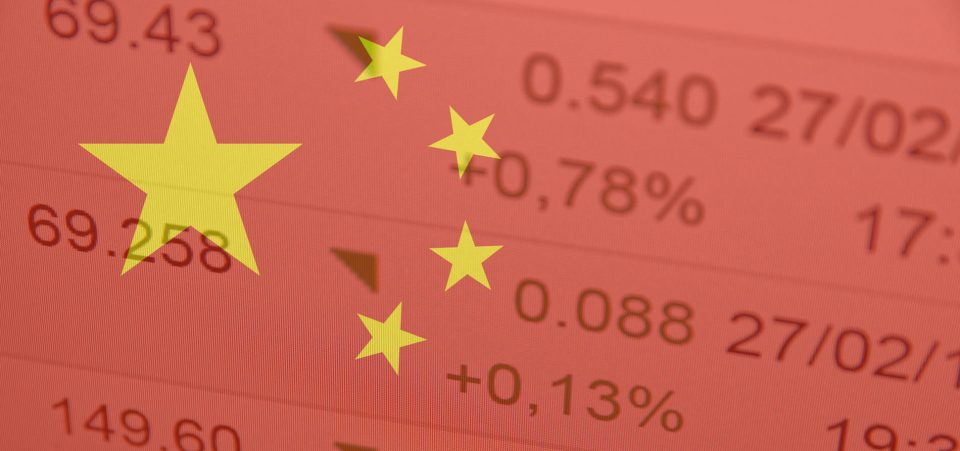Chinese Stimulus Plan Sends Metals on a Rally
The prices of metals have been rallying after stagnating for the past four years. The markets are betting that a new Chinese government stimulus plan in China will boost demand for industrial production. The prices of base metals have shown a strong bullish trend over the past week.
The price of copper may have closed slightly down on October 27, but that slight price drop came after soaring for the past two weeks. Copper futures rose 2.1% in the London Metal Exchange (LME) to hit $4,724 per tonne. This pushed copper to a higher level than even last week, when it was at $4,759. (Source: “METALS-London copper edges back from near two-week peak,” Reuters, October 27, 2016.)
The big driver of copper, whose price is a major indicator of industrial growth, is China. For the past few days, there have been credible rumors that China, the world’s top copper consumer, intends to launch new fiscal stimulus to support economic growth. Not surprisingly, the Shanghai Stock Exchange rallied, reaching a nine-month high. It’s not just copper, which has shown signs of recovery. Production of aluminum has also increased. (Source: “China’s aluminum output booms as Shanghai disconnect looms: Andy Home,” Reuters, October 25, 2016.)
China uses about half of the world’s total copper production, which should reach some 22 million tonnes by the end of 2016. Stronger local Chinese demand should see copper imports increasing further still. Citi analyst David Wilson says copper prices will move in a range between $4,600 to $5,000/tonne. (Source: “Copper hits two-week high on Chinese demand hopes,” Daily Mail, October 27, 2016.)
Metal prices have also benefited from a contraction in the value of the U.S. dollar. A weak dollar raises demand for raw materials denominated in U.S. currency, as buyers in other currencies find them more attractive. As for base metals, another indicator of growth, zinc has also appreciated in London, reaching over $2,350/tonne this week on the LME. Zinc’s short supply has helped.
Zinc has gained about 60% since the start of the year, on the expectation of a drop in supply. Merrill Lynch indicated that the zinc surplus has dropped significantly since 2009, and it expects that this trend will continue because of the slow growth in mining production. Meanwhile, demand from China remains high. Chinese imports of refined zinc increased in the first nine months of 2016, with gains of some 43%. (Source: “Zinc and nickel rise on Chinese demand and risk appetite,” Daily Mail, October 24, 2016.)
Demand for tin also points to the start of declining surpluses. The price of tin has risen on speculation about a shortage of supply because of low supply levels.






